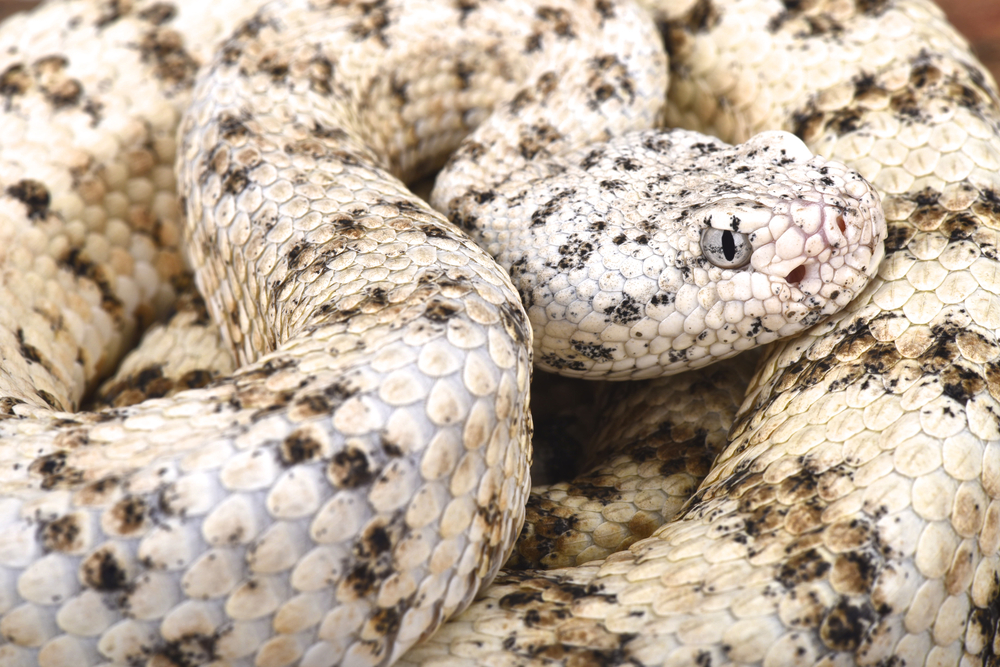Few groups of snakes are quite as iconic as the rattlesnakes of North America. From the timber rattlesnake that was immortalised on the Gasden Flag to the enormous eastern diamondback that’s played centre stage in wildlife documentaries for decades, Crotalus are ingrained in both modern and historical culture.
What is a Rattlesnake?
‘Rattlesnakes’ are comprised of two genera; Crotalus (of which most ratttlesnakes belong) and Sistrurus (the ‘pygmy rattlesnakes’ or Massassaugas). Most species can be found in North America, with those occurring in the USA having been studied for many years. As such, they are subject to near constant taxonomic adjustments, so the number of rattlesnake species changes regularly. It typically hovers around 45 – 50.
Mexico is the most species-rich country for Crotalus. Over 80% of all rattlesnakes are found in Mexico, and there is at least one Crotalus species in every state. They occur in a range of habitats and altitudes, from desert basins up to 4500m asl in subalpine habitats.
In the USA, the southwest is the most rattlesnake-rich region. Arizona is particularly biodiverse as it is home to lowland species like western diamondbacks (C. atrox), speckled (C. pyrrhus) and sidewinders (C. cerastes) as well as montane species that generally occur at lower latitudes like twin-spotted (C. pricei), tiger (C. tigris) and ridge-nosed rattlesnakes (C. willardi).
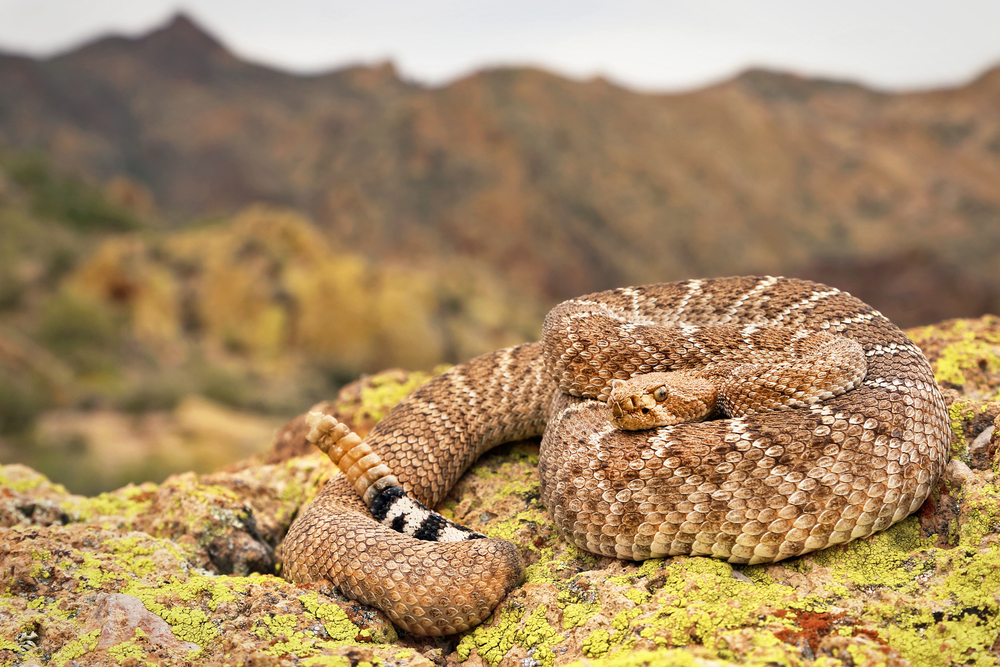
A handful of rattlesnake species also occur in Central and South America. Crotalus durissus is the most widespread. It occurs in 11 South American countries, but is quite rare in most of them. Most rattlesnakes from South America are found in drier habitats within tropical climates. A mix of inaccessibility and restricted habitats makes the South American rattlesnakes some of the least-studied of the group.
The most northernly occurring rattlesnake is the prairie rattlesnake (Crotalus viridis), which can be found well into Canada. It is one of only three venomous snakes found in the country. The others being the Pacific rattlesnake (C. oreganus) and the Eastern Massassauga (S. catenatus).
Morphological variation is common amongst rattlesnakes. Perhaps the most famous case is the speckled rattlesnake, which perfectly mimics the rock faces that it shelters in. Their speckles add to their variability. In Yuma County, Arizona, the snakes are almost pure white with black specks. Further north, in Nevada, they can be a striking pink. In California, they range from grey to brown. Species of rattlesnakes that occur in even more isolated populations, such as those of the Arizona or Mexico Sky Islands, can exhibit even more drastic phenotypic variation. Studies into dusky rattlesnakes (C. triseriatus) showed that animals from some mountain ‘islands’ grew much larger whilst others had broader heads and different skull structures related to altitude and proximity to water.
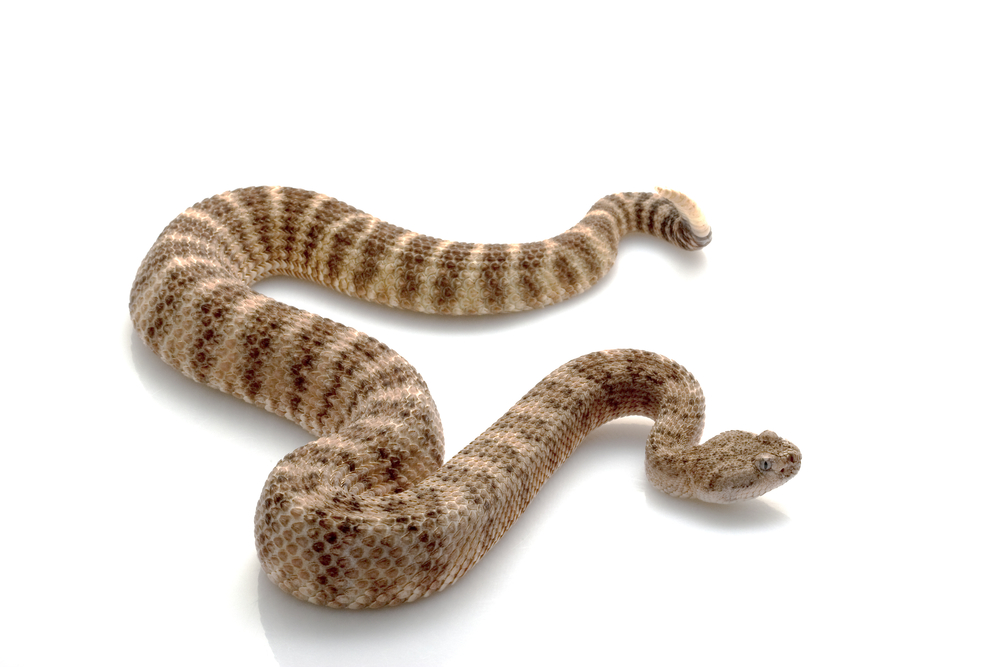
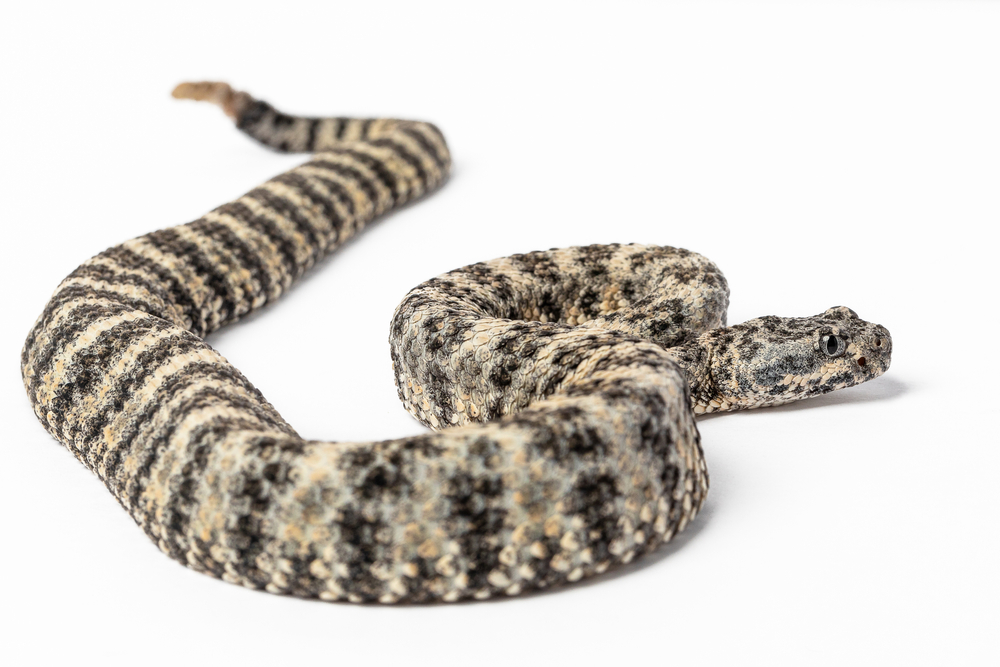
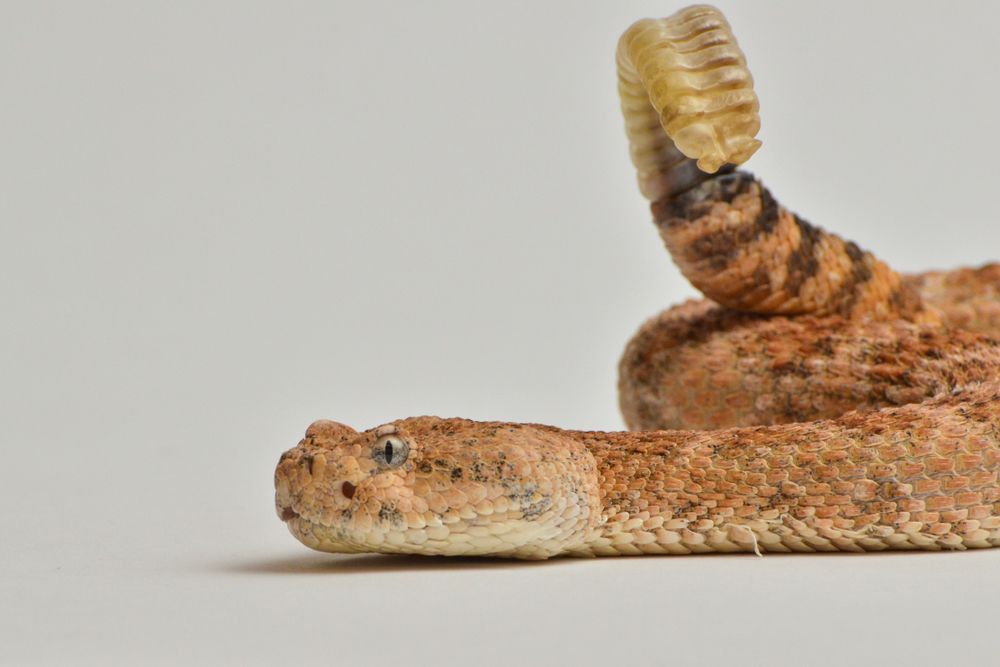
How Big Do Rattlesnakes Get?
The largest/heaviest rattlesnake is the eastern diamondback (C. adamanteus). It can reach 8 feet in length and weigh a remarkable 15kg. Of the true rattlesnakes, the western diamondback and the red diamond rattlesnake (C. ruber) are the second and third largest.
The smallest members of the Crotalus genus are the Mexican ‘pygmy rattlesnakes’. These share similar traits to the rest of the genus but rarely exceed 60cm in length.
Sitting comfortably under the ‘rattlesnake’ umbrella but differing significantly from the Crotalus species are the ‘Massassaugas’. These snakes are tiny vipers that also possess rattles. They belong to the Sistrurus genus. There are currently three recognised species distributed quite widely throughout the USA and into adjacent Mexico. The smallest of which, Sistrurus milliaris, typically only grows to 45cm. In the US, they are also referred to as ‘pygmy rattlesnakes’ despite being taxonomically distinct from the Mexican species. The most obvious difference is the size of the rattle. Massassaugas have tiny, underdeveloped rattles that create a high-pitched buzz, instead of a true rattle. Research suggests that these snakes may have appeared earlier in evolutionary history than the true rattlesnakes we know today.
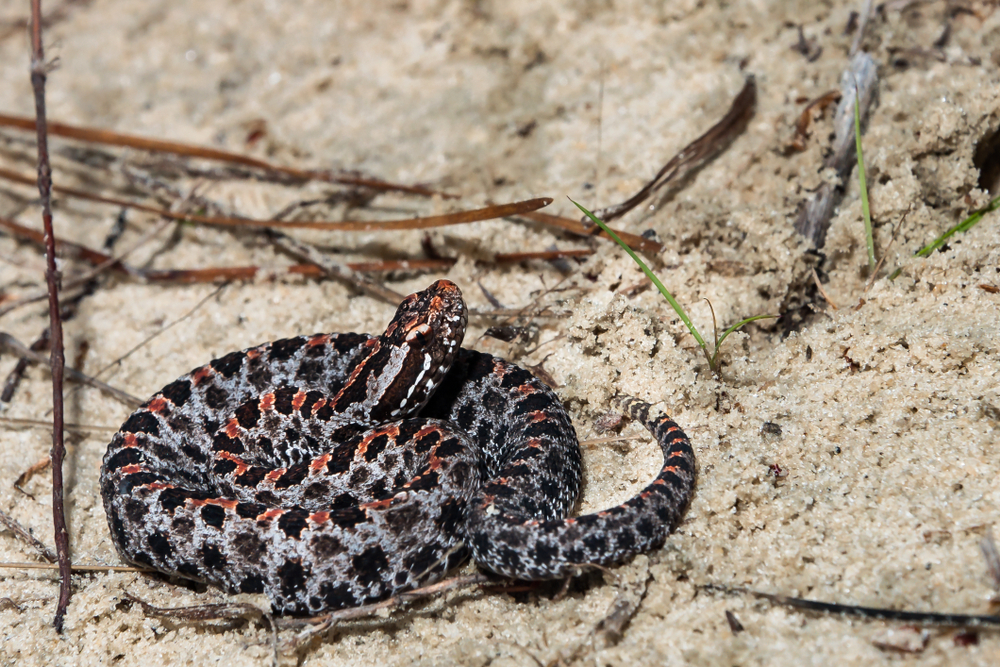
How Do Rattlesnakes Rattle?
Rattlesnake rattles grow over time. Each time a rattlesnake sheds its skin, new segments are added to the base of the rattle. These segments are hollow and fit nicely within the next segment. When a rattlesnake shakes its tail, it is the hollow segments of skin bouncing against one another that create the sound.
Older snakes will generally have larger rattles and, therefore, be much louder than juvenile snakes. Whilst a few segments are added to the rattle every time the snake sheds, snakes do not follow a strict routine of shedding. It is, therefore, impossible to accurately guess the age of a rattlesnake based on the size of the rattle.
It is possible to identify whether a snake is old or young. This can help identify between small and large species or between males and females (where sexual dimorphism is present).
Rattlesnakes can shake their rattle 50 – 100 times a second. At its fastest, it is impossible to see with the naked eye. The faster a rattlesnake shakes its rattle, the louder the rattle will be. This autonomy over the volume of the rattle allows rattlesnakes to communicate how threatened they feel, giving an undisputable warning to potential predators.
Not all rattlesnakes have a rattle. The Santa Catalina Island rattlesnake (C. catalinensis) loses its “potential rattle” with every new shed. This adaptation allows it to be stealthy when hunting for lizards and small rodents in the brush habitat it occupies. Fewer predators on the island may have caused evolution to favour quieter animals, resulting in a complete lack of a rattle.
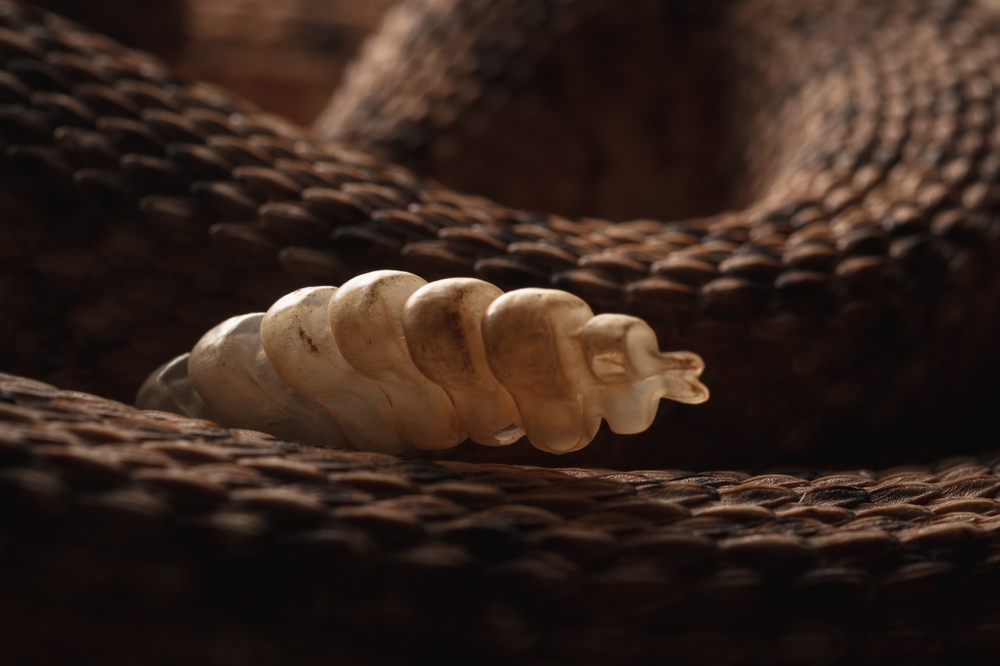
Are Rattlesnakes Venomous?
Rattlesnakes are said to possess the most diverse range of toxins of any ‘New World’ snake group. With some species occupying alpine mountain regions, others in dense cloud forests and many in harsh deserts, their prey and venom usage vary drastically. This has led to a whole spectrum of toxins from 10 – 20 protein families being present in their venom. Furthermore, different populations will have slightly different toxins. It is not uncommon for snakes of varied ages to also possess different venom compositions.
A polyvalent antivenin known as ‘CroFab’ has been used to treat rattlesnake bites in the USA for around two decades. The antivenin has been developed to treat a range of crotalid snakes. These are species within the Crotalidae family, not just the Crotalus genus. It includes cottonmouths and copperheads (Agkistrodon sp.). It is therefore suitable for most of the commonly encountered life-threatening species in the USA and Mexico. Treatment is administered depending on the severity of the bite. While all rattlesnakes possess a medically significant bite, symptoms can range from soreness and swelling to limb loss or death. Luckily, most hospitals in the US are well-stocked with CroFab and being a polyvalent (suitable for a range of species) antivenin, staff are well-equipped to administer it correctly and promptly.
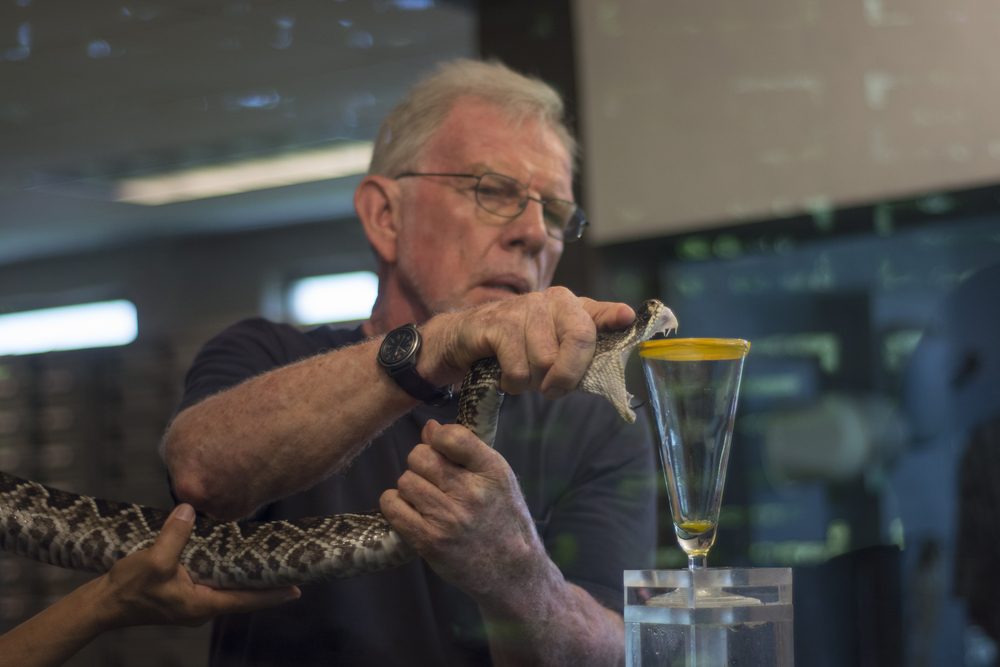
Are Rattlesnakes Endangered?
Rattlesnakes are, broadly, resilient animals. Most exhibit seasonal behaviours, spending much of the year tucked away in refugia or in some cases, ‘dens’. During spring, they emerge to breed and can be quite active into the warmer months before disappearing again when it gets too hot or dry. Monsoonal rains will generally increase activity again as amphibians, rodents, and other reptiles see a spike in activity.
Many species of rattlesnakes are also able to adapt to anthropogenically altered habitats. In the US, even those considered ‘Least Concern’ by the IUCN are sometimes awarded federal protection to reduce the number of human-animal conflicts and mitigate potential impact from infrastructural development.
Most rattlesnake species listed by the IUCN are considered ‘Least Concern.’ The Sinaloan long-tailed rattlesnake (C. stejnegeri) is Threatened. The Tanictaran dusky rattlesnake (C. pusilus) is Endangered. The Santa Catalina Island rattlesnake is Critically Endangered. However, inaccessibility to montane species means that not all Crotalus have been assessed. Some species are listed as ‘Data Deficient’ whilst others have not been researched.
Some species are also locally threatened. For example, most Massassauga species are on the US Endangered Species List. In California, red diamond rattlesnakes are protected. In Arizona, ridge-nosed, banded rock and twin-spotted rattlesnakes are protected. In other states, other species will be awarded certain levels of protection, despite their seemingly stable population numbers globally. For example, the protected species in Arizona are rare and isolated to unique ‘Sky Island’ mountain ranges. In the USA, they are Endangered. However, their range extends into Mexico and thus, globally, they are not at immediate risk of extinction.
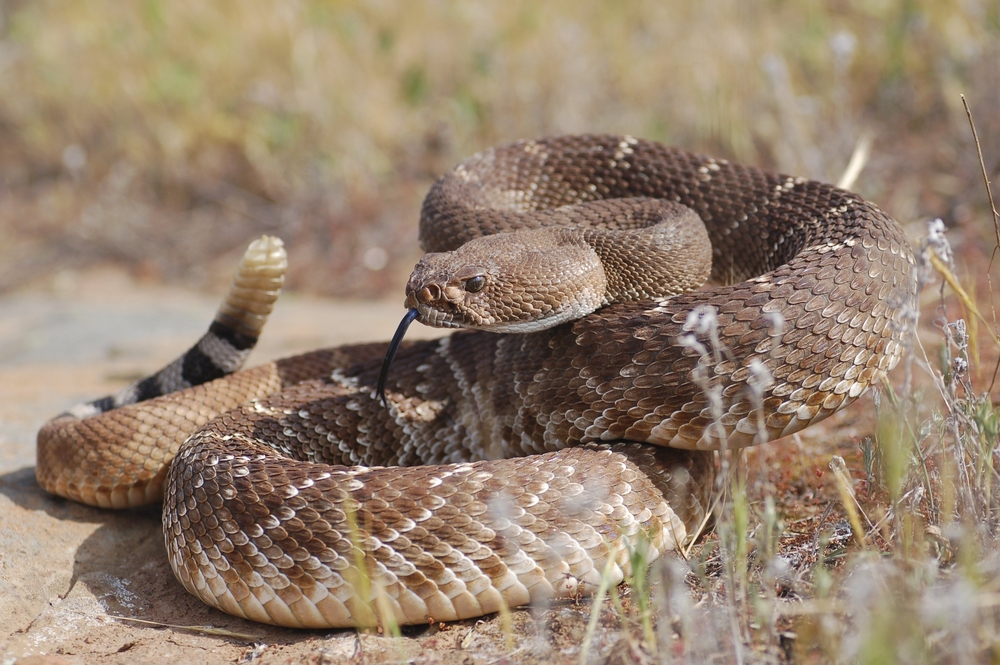
Appreciating Rattlesnakes
Rattlesnakes are truly fascinating creatures. For a single (perhaps two) genus to exhibit such extraordinary diversity is astonishing. From the unique side-winding motion of Crotalus cerastes to the 100+ decibel rattle of an eastern diamondback, they are some of the most impressive reptiles on Earth. Whilst human-animal conflict is still a major issue in parts of their range, we must respect these wonderful serpents. ‘Dangerous’ animals are rarely more hospitable to us than we are to them. At least a rattlesnake warns a person before it poses a threat.
If you enjoyed this article, why not learn more about Pygmy Pythons: https://exoticskeeper.com/blog/ultimate-guide-to-pygmy-pythons/
